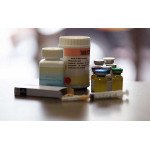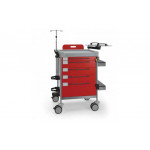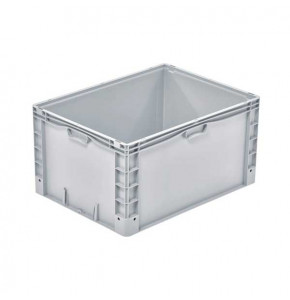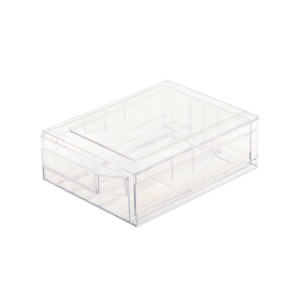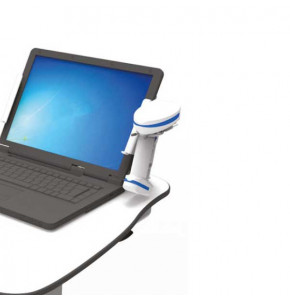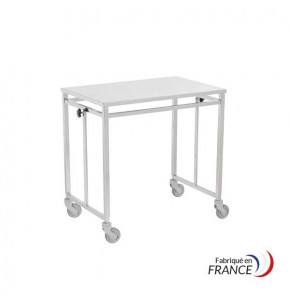Regeneration of the heart within reach

For the past fifteen years, researchers have been working on the idea of using cells to treat heart disease. It is true that at the moment these cells are not yet able to regenerate the heart completely, but the results are still promising.
One of the questions that might be asked is: why make heart tissue when a transplant can achieve the same results?
In order to answer this question, I think it is important to look at the real effects of a heart attack. The effect of a heart attack is to damage cells that are important for the heart to function properly. During a heart attack, the heart is no longer properly supplied with blood. The many cells that make up the heart are therefore no longer properly oxygenated and eventually die.
The death of these cells prevents the heart from contracting properly. So even if the infarction is treated in time, the heart muscle is no longer able to fulfil its role as a pump, making any effort much more difficult.
Rather than transplanting a new heart, which is not a routine procedure, scientists have come up with the idea of replacing the dead cells with new ones.
For this type of operation, they use special cells, i.e. stem cells capable of multiplying and transforming into any type of cell.
The first transplant of this type was performed a little over twelve years ago on a 72-year-old man by Professor Philippe Menasché at the Georges-Pompidou European Hospital.
Other teams have chosen to reproduce the operation using other procedures. For example, Dr Patricia Lemarchand, at the Thorax Institute in Nantes, and Professor Jérôme Roncalli at the Toulouse University Hospital have used stem cells from bone marrow for this new experiment.
Recently, a team of American researchers injected some twenty heart attack patients with stem cells from their own hearts.
Today, only one experiment has proved to be truly effective. It is that of our neighbours across the Atlantic. In this experiment, the area of dead tissue was halved one year after the treatment.
However, cell transplantation is currently facing a major obstacle, which is time.
In the first few days after the operation, 90% of the stem cells die before they become useful. The other major problem is that when they do not die, they do not take on the desired role. They turn into what can be called support cells. As a result, the pumping capacity of the heart is not improved.
A hypothesis has been put forward to explain this phenomenon: the heart muscle functions with 30% of the cells contracting, the others just playing a supporting role. It is therefore conceivable that the transplanted cells could turn into supporting cells.
To get around this problem, researchers are studying several avenues. The first is to inject the stem cells wrapped in a kind of membrane made up of feeder cells to prevent the stem cells from perishing before they get back on track.
The second is to work on stem cells that are more malleable, and therefore more capable of being transformed into a cell that contracts.
Today in France, the stakes are high. There are 120 000 new cases of heart failure, 70% of which are the result of heart attacks.
 Francais
Francais 
 Cart
Cart Quote
Quote